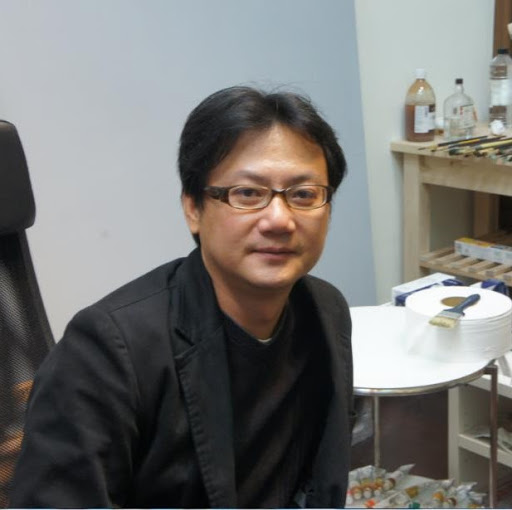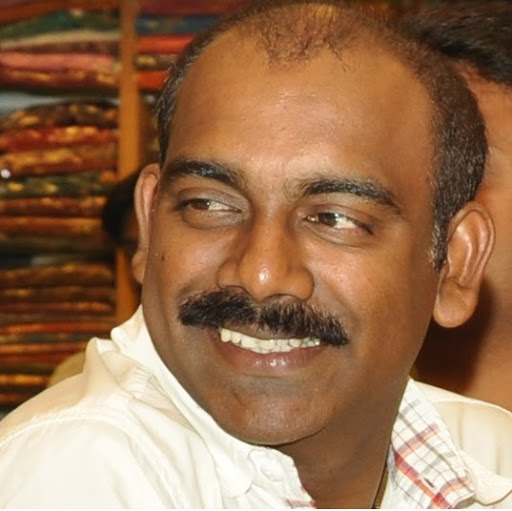Monica Lira-Cantu
Group Leader at Catalan Institute of Nanoscience and Nanotechnology (ICN2) from Spain · Barcelona
Monica Lira-Cantu (Chemistry, 1992), obtained a Master and PhD degrees in Materials Science at the Materials Science Institute of Barcelona (ICMAB) & Autonoma University of Barcelona (1995/1997) and completed a postdoctoral work under a contract with the company Schneider Electric/ICMAB (1998). From 1999 to 2001 she worked as permanent Senior Staff Chemist at ExxonMobil Research & Engineering (formerly Mobil Technology Co) in New Jersey (USA) initiating a laboratory on energy related applications (fuel cells and gas membranes). She returned to Spain in 2002. She obtained an I3P contract and a Ramon y Cajal contract in 2003 and 2004, respectively. She became a permanent researcher (cinetífico titular, tenured track scientist) in 2007 by the Spanish National Research Council (CSIC, Spain) and started her laboratory as independent researcher: the Nanostructured Materials for Photovoltaic Energy Laboratory. She has received different awards/fellowships as a visiting scientist to the following laboratories: University of Oslo, Norway (2003), Riso National Laboratory, Denmark (2004/2005), the Center for Advanced Science and Innovation, Japan (2006) and the Ecole Polytechnique Federal de Lausanne, EPFL Switzerland (2015), and EPFL (2016-2018, in preparation). Currently, Monica Lira-Cantu is Group Leader of the Nanostructured Materials for Photovoltaic Energy Group at the Catalan Institute of Nanoscience and Nanotechnology, ICN2 (www.icn2.cat) in Barcelona (Spain). Since 2007 she has been the PI of several projects (national, European and with industry), and she is currently the principal coordinator of a COST Action Project (StableNextSol MP1307, www.stablenextsol.eu) related to the study of the stability of Organic and Perovskite solar cells. The project has more than 450 members from 35 countries and 22 companies. Her research interests are the synthesis and application of nanostructured materials for Next-generation Thin Film Solar Cells: Dye Sensitized (DSSC), Organic (OSC), All-oxide (AOSC) and Halide Perovskite Solar Cells (PSC). Her research work started in the 1990s with the synthesis and application of hybrid organic-inorganic materials based on Conducting Organic Polymers (COPs) and different inorganic compounds and their application in Li-ion battery electrodes. At the same time, she worked on the synthesis and application of hybrid materials made of COPs and transition metal oxides (TMOs) like V2O5, acting also as cathodes in these types of rechargeable batteries. Her work continued in the area of Energy and Nanotechnology focusing on the research and innovation around the many properties of Nanostructured Materials. Her research has been focused on the application of different TMOs, from the classical oxides (e.g.TiO2, ZnO, NiO, V2O5, SnO2, CeO2, TiO2-CeO2, N-TiO2, Nb-TiO2, etc.) to more complex oxide semiconductors (e.g. Ca-Doped GdNbO4). These materials were in all cases applied in energy-conversion devices like Solid Oxide Fuel Cells and Photovoltaic technologies: Dye sensitized (DSSC), hybrid (HSC), organic solar cells (OPV) and Perovskite solar Cells (PSCs). Some examples of her work are: a) the synthesis and development of vertically-aligned ZnO nanostructures and their application in DSSC and OPV; b) the application of doped oxides, like Nb-TiO2, as the electron transport material in Polymer/Oxide and now perovskite solar cells; or c) the synthesis and application of "inks" of TMOs (i.e. V2O5) working as the transport layers in OSCs and PSC. The highest power conversion efficiency currently obtain in her laboratory corresponds to PSC with a 21.1 % efficiency and 1000 h stability under continuous light irradiation.Activatec - R&D
Manager at Activatec Ltd from United Kingdom · Nottingham
Activatec develops biobased ingredients from renewable sources. We are specialised in the evaluation, scale-up and commercialisation of processes to produce biotechnological and plant-based ingredients and materials from currently unused and low-value organic sources. We count on a proficient team of chemical and biochemical engineers and researchers with experience in the industrial biotech that works to provide a confidential service with an efficient and high-quality product output. Our mission is to provide sustainable innovations to overcome the consumption challenge faced by the growing global population, and to meet the need to become less dependent on synthetic ingredients and products. Our main goal is to create and sustain a climate of perpetual development, growth and change. Our experience in R&D partnerships with industry and research institutes, managing and participating in both local and international collaborative projects makes us a valuable partner to work with. Activatec is a member of the BioVale cluster that promotes and develops the bioeconomy in the UK and Europe.Miss Tinasih Poncoati
Leader of Bakisaku from Indonesia · Padang Panjang
Over the course of my education and various experiences I have collected various technologies that I can introduce to the world. With some of the skills that I have in accounting and some innovations I introduce. To develop and disseminate this technology that we hope will benefit all for energy-friendly technology and the environment in the world is currently my main consideration for submitting this new technology. Technology is compatible, low cost and easy in application. All technology is based on working prototype and also work in other kinds technology that have similarity. I hope this innovation useful and all project partners (builders, architects, engineers) and Collaboration, founding in joint development to develop these technologies. I represent of Bakisaku team that still in build that have several technologies for energy-friendly technology and the environment in. I hope this innovation useful for all and I ready to cooperate and collaborate for it.














